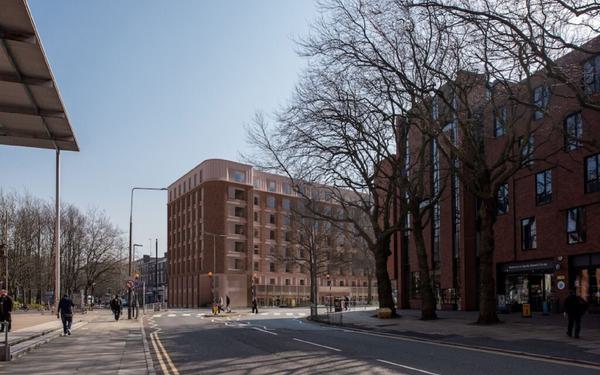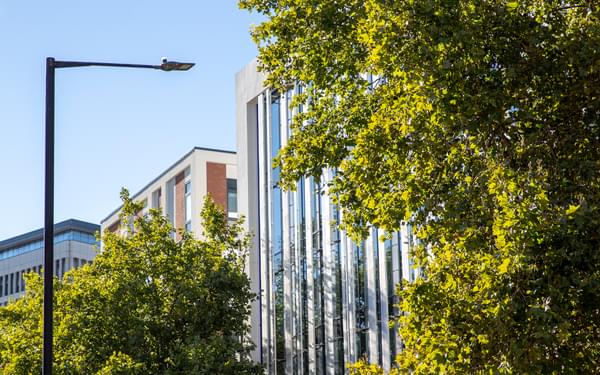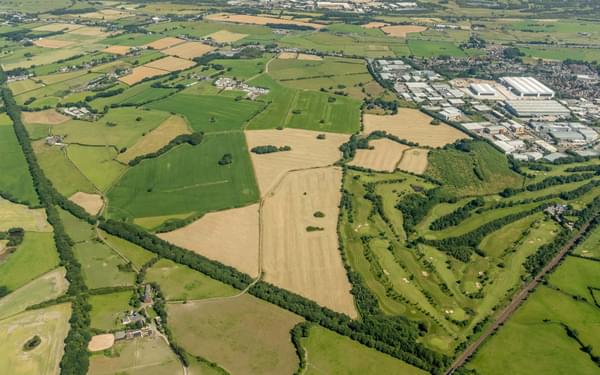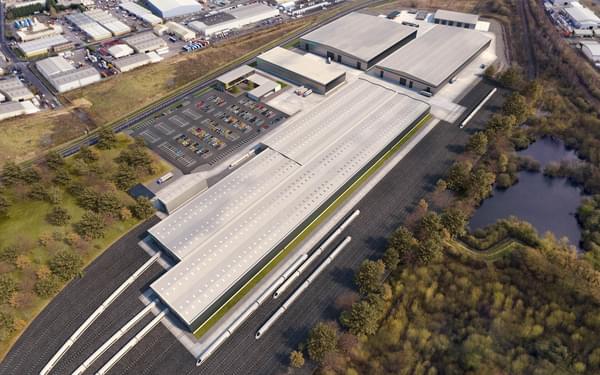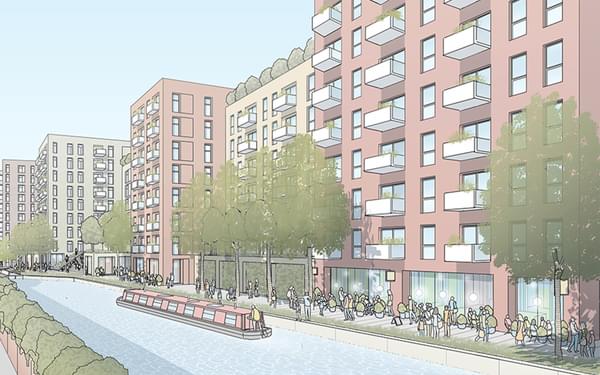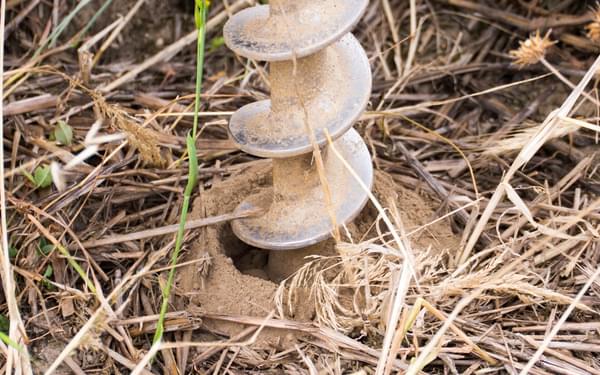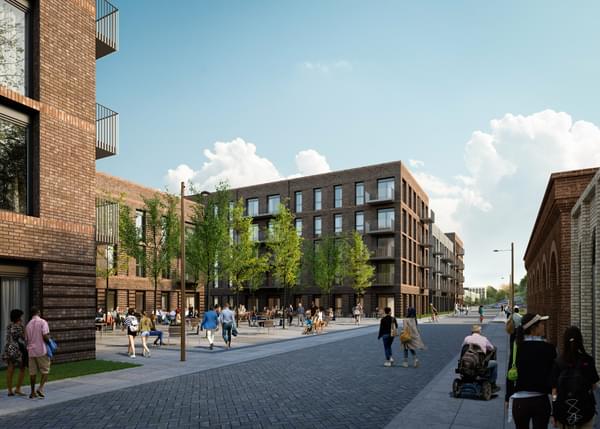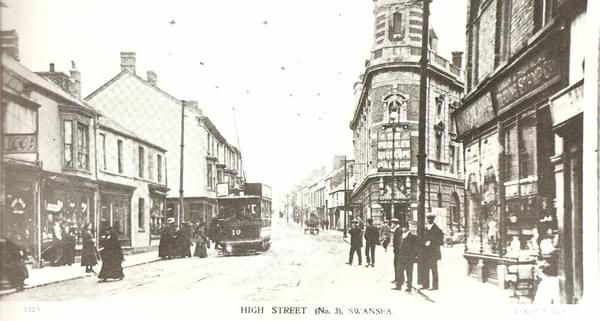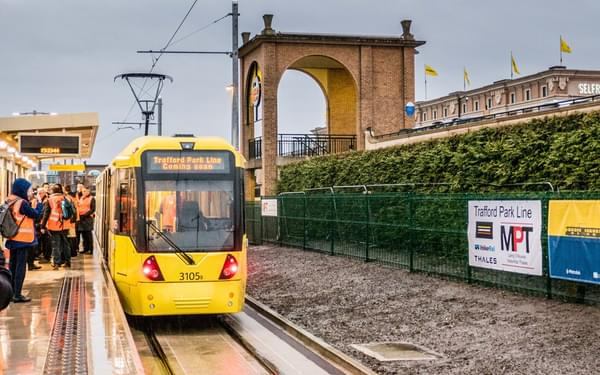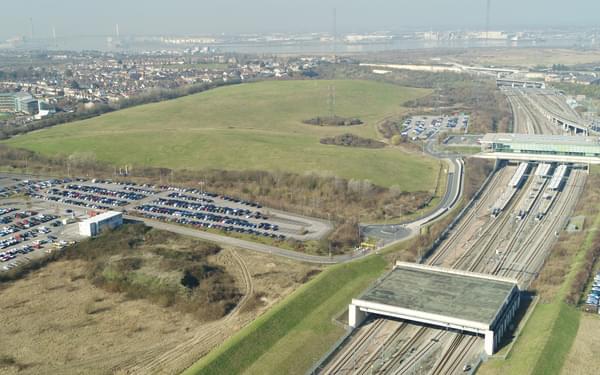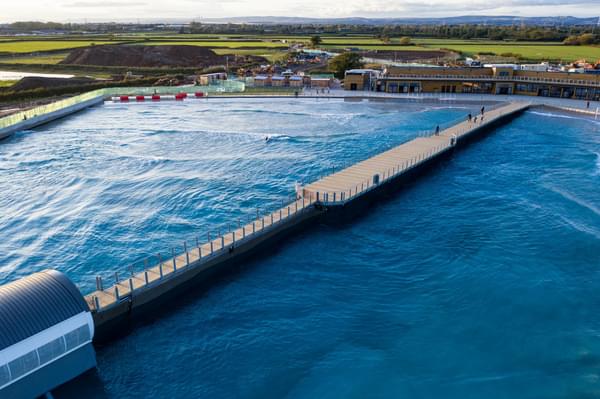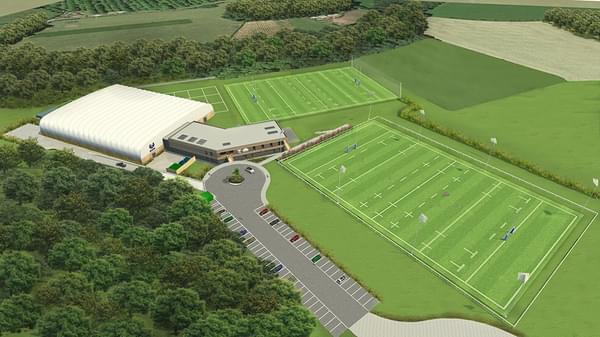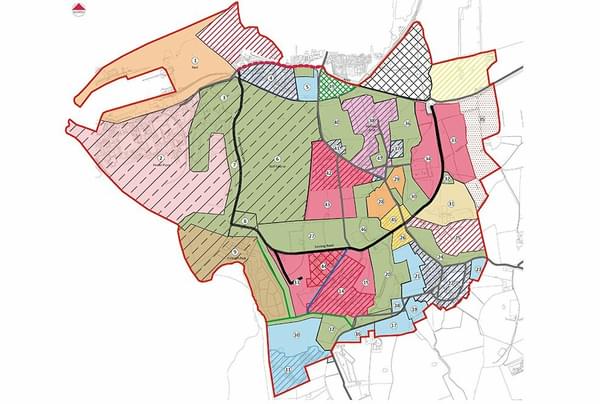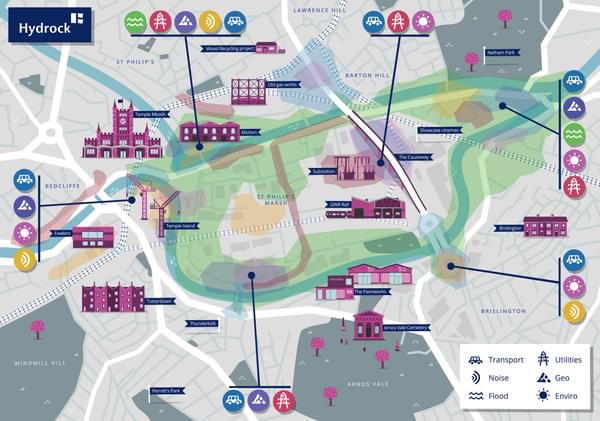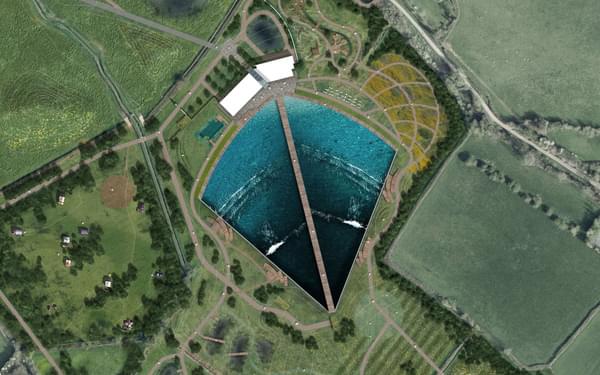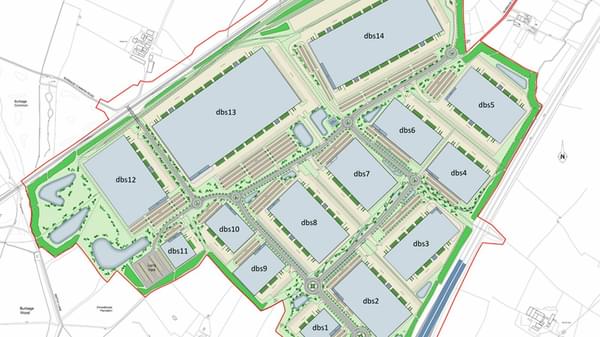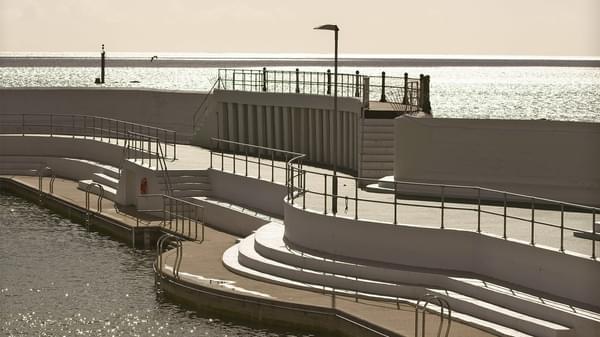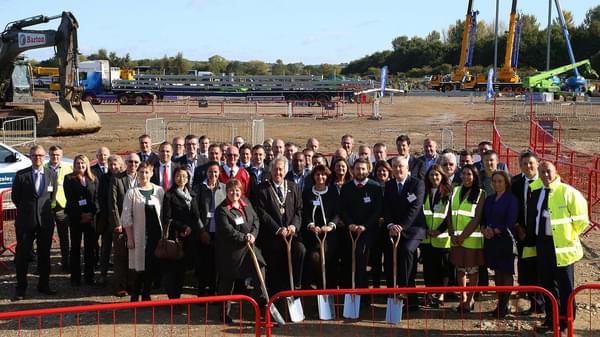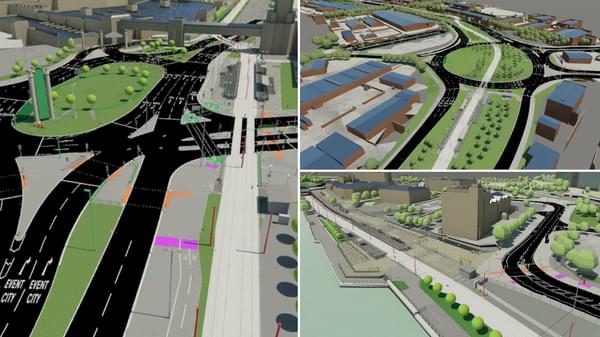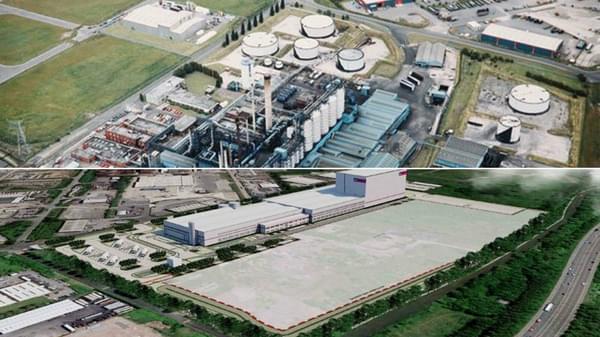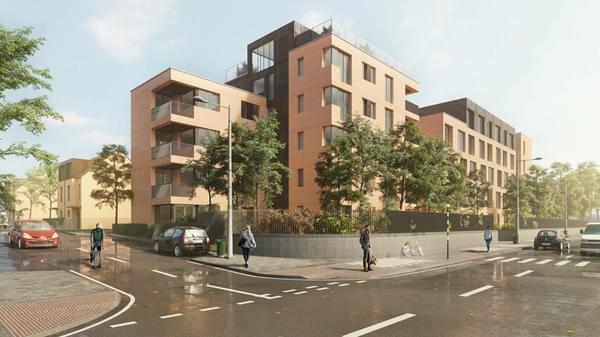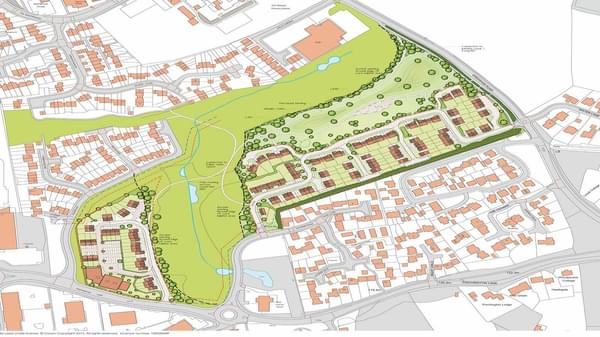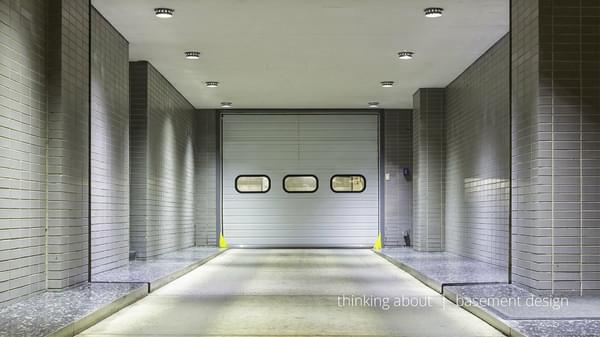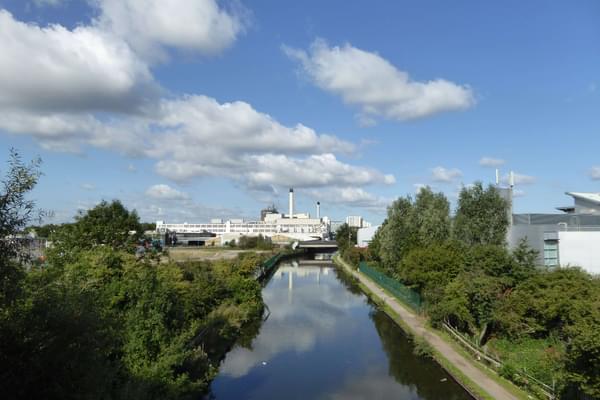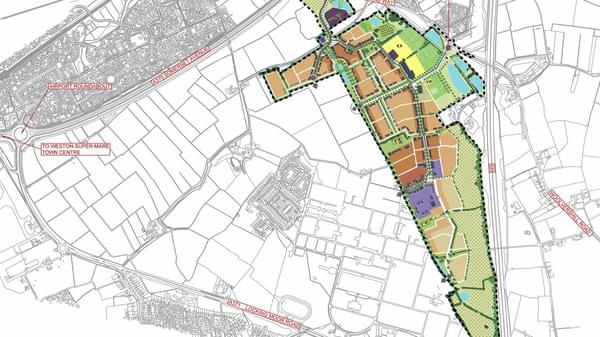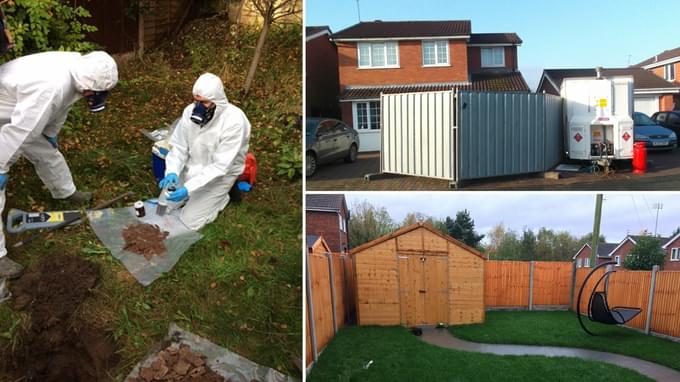
The site, formerly a large factory built in the 1930s and demolished prior to development in the early 1970’s, covered an area of 33 hectares containing over 800 residential properties of mixed types and ownership.
The investigations and remediation required over the years on the site has seen the Council work with specialists in many fields. Many phases have been cutting edge, from assisting in developing new remediation techniques, to being a catalyst in the understanding of the issues and dangers of asbestos containing material (ACM) in residential soils. The project has played a role in the significant changes in how site investigation and remediation of asbestos in soils is now addressed across the country.
The main scope of the works included the removal of asbestos-contaminated soils from the front and rear gardens of 81 properties determined under the Part 2A Environmental Protection Act. At tender stage the client supplied two extensive Ground Investigation (GI) reports with highly detailed laboratory testing suites. The reports focused on assessing the long-term risk to local residents and identifying gardens with Significant Possibility of Significant Harm (SPOSH).
The two GI’s fulfilled their remit but lacked detail regarding the lateral and vertical horizons of asbestos contamination to allow the identification of waste segregation/consignment and mitigation measures during the remediation works. Because of the residential setting, such classification could not be undertaken during remediation due to the high likelihood of encountering significant fibrous asbestos contamination. There was no scope to segregate, stockpile and test the waste during the remediation works, so to allow the remediation contractor to segregate efficiently, and ensure appropriate disposal, the waste had to be assessed in-situ.
Hydrock undertook GI’s within each of the 81 properties (six trial pits/property) to further assess the depth, extent and type of asbestos in made ground, sub-soils and top soils. All arisings were visually inspected by a BOHS P402 trained asbestos surveyor for ‘clearly identifiable’ asbestos and tested (gravimetrically) for visually unidentifiable asbestos fibre. The GI provided an opportunity to assess the soils for waste consignment and to update the Preliminary Risk Assessments (PRA) in accordance with the Control of Asbestos Regulations 2012 (CAR2012-Reg 6) and the Conceptual Site Model (CSM).
By assessing the risk of fibre release for the more disruptive works, the excavation methodology, disposal routes and requirements for control measures could all be designed and tailored for each garden to avoid wasting time and resources. It also provided an opportunity to meet residents, address their concerns and discuss the works required in a calmer setting.
Because the maximum depth to be remediated in each rear garden was 0.6m, hand dug trial pits could be used to delineate the varied horizons and check for additional issues such as concrete slabs, voids or significant metal work.
In general, the trial pitting identified three separate waste streams:
- 0 to 100mm topsoil with turf and root system (high organic content, but no asbestos);
- 100 to ~300mm subsoils with asbestos fibre <0.1%w/w (no visible ACM);
- ~300 to 600mm made ground with asbestos fibre >0.1w/w (with visible ACM)
These horizons were identified within all six trial pits within the same garden, indicating that the segregation of the material into these three categories was plausible. Within this garden, ~50% of material would require removal as hazardous with very stringent control and transport conditions, while the remaining ~50% being removed as either non-hazardous, inert (for restoration) or waste with a high organic content.
Excavation and segregation allowed the waste to be sent to appropriate landfills under the correct European Waste Catalogue (EWC) code. The waste could also be packaged according to risk, with the highest-risk material being consigned in specialist containers.
The GI works permitted the works to accord with the Definition of Waste Code of Practice (CL:AIRE) and the Control of Asbestos Regulations 2012. Otherwise a high proportion of the waste would automatically have been sent to landfill as hazardous without accounting for the opportunity to segregate.
In summary, this case study highlights that on projects where the key contaminant of concern is immobile in soils and highly variable within short distances (like asbestos), the need for further detailed and reliable visual assessments may provide disposal routes that will permit significant cost savings. Such data will ensure that wastes can be segregated, consigned and disposed of safely, even if, initially, the historical site investigations seem to be sufficiently robust.
For more information, please contact the co-authors:
James Macfarlane Technical Director (Asbestos), Hydrock Consultants – for advice on asbestos site/ground investigation , and
Anna Spinks Waste and Environmental Protection Manager, City of Wolverhampton Council, for more information on the project as a whole.
This article is reproduced with the kind permission of the CIWEM (Chartered Institution of Water and Environmental Management) and was first published in their Contaminated Land Network Newsletter in June 2018.
Explore related
- News

Hydrock assists GRAHAM in achieving industry accreditation for carbon management system
Read more- News

Lights, Camera, Action! Sunderland gets set for Hollywood with planning approval of Crown Works Studios
Read more- News

Hydrock’s fire safety experts support planning application for new R&A project in St Andrews
Read more- News

Hydrock brings expertise to NHS estates programme to help meet sustainability and safety goals
Read more- News

Ground-breaking land contamination conceptual model paves the way to a cleaner and safer future at Sellafield
Read more- News

James McNay joins HSE Industry Competence Committee (ICC) to guide safer building construction for everyone
Read more- News

Hydrock appointed to deliver catheterisation scanner suite at St Bartholomew’s Hospital
Read more- News
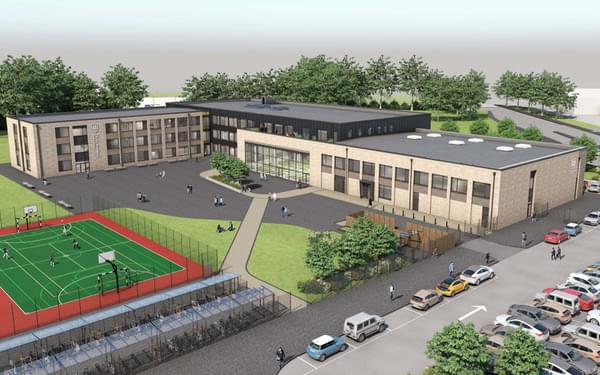
Hydrock nets geo-environmental and geo-technical role on multi-million-pound Belle Vue Academy site
Read more- News

Hydrock support successful planning application to extend Western Community Hospital in Southampton
Read more- News
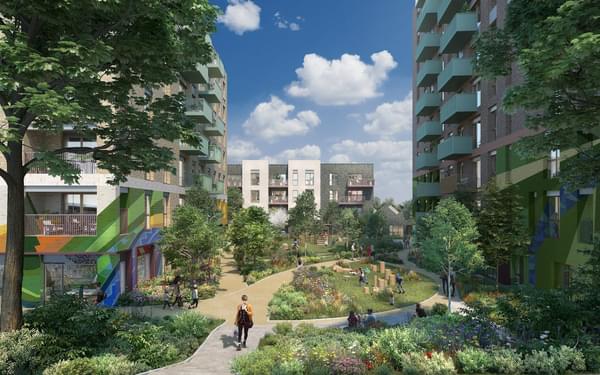
Hydrock’s Civil & Structural engineering team appointed on next stages of £104m Patchworks development
Read more- News

Hydrock supports feasibility and planning application on Grade II listed buildings in Leeds
Read more- News
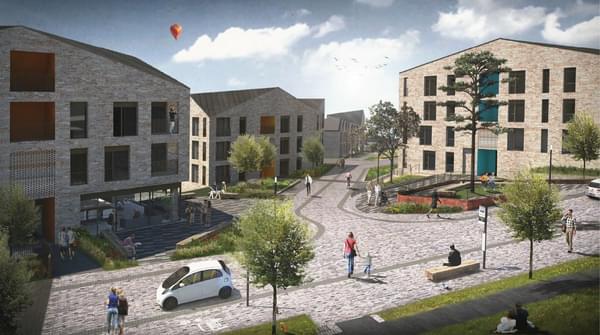
Civils & Structures team move to detailed design with Mi-space on 4.65ha Barne Barton site
Read more- News
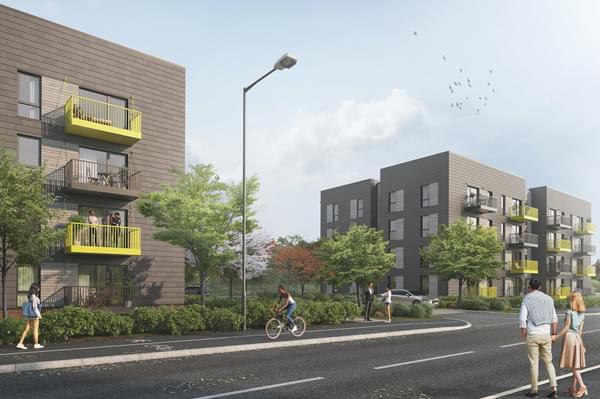
Hydrock advising BoKlok – the Skanska and IKEA joint venture modular housing business
Read more- News

Hydrock on the strategic masterplan team for Cyber Central Garden Community, Cheltenham
Read more- News

Hydrock's multi-disciplinary expertise helps unlock massive residential site in Bristol
Read more- News

Stunning new headquarters for English National Ballet unveiled by London mayor, Sadiq Khan
Read more- News

Hydrock provides engineering services to transform Grade II* listed Cleveland Pools lido in Bath
Read more- News

Transport team contribute to successful planning submission to revive Andrew Gibson House, Merseyside
Read more- News

Multi-disciplinary advice helps secure planning for landmark footbridge in Pontypridd
Read more- News

Ground investigation work contributes to planning application for 282 homes in Stretford, Manchester
Read more- News

Hydrock helps secure planning for refurbishment of historic Generator Building, Bristol
Read more- News
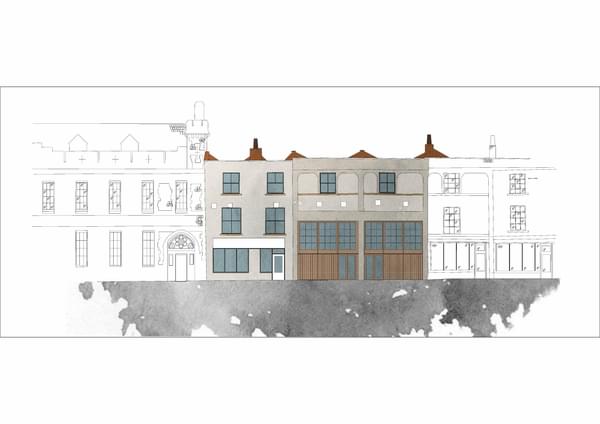
Ground-breaking initiative to provide affordable housing to transform lives of Bristol’s young homeless
Read more- News

The University of the West of England (UWE) appoints Hydrock to design new multimillion pound engineering building
Read more- News

Hydrock supports Linkcity with planning submission for 375 new homes in central Bristol
Read more- News
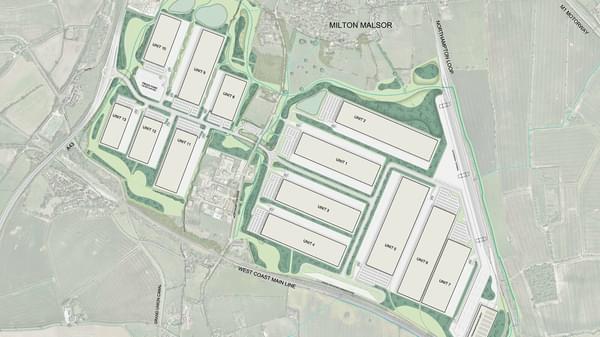
Delivering key infrastructure assessments for proposed strategic rail freight interchange
Read more- News

Hydrock’s highways and infrastructure advice helps secure planning approval for 345,000 sq ft industrial unit at CORE 42
Read more- News

Hydrock appointed to appraise transport issues within historic Porthcurno Valley, Cornwall
Read more- News

Hydrock’s transportation team help secure planning on 400-bed student scheme in Bournemouth
Read more- News

Hydrock delivers the multi-disciplinary engineering design on two middle schools in Rhondda Cynon Taf
Read more- News

Kier appoints Hydrock to design Bristol Aerospace Centre – the permanent home for Concorde
Read more- News
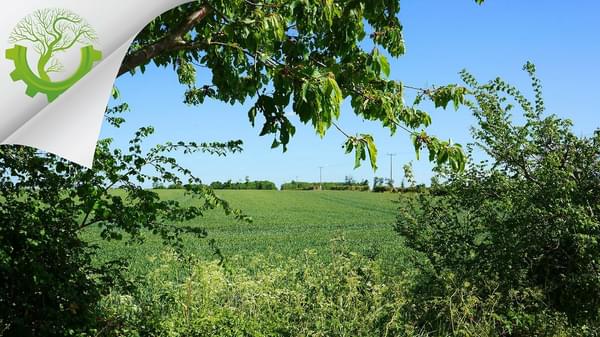
Appointed to support the delivery of world-class resources for the UK’s agri-tech sector
Read more- News

Steel frame designed for Bright Bricks’ 160,000 piece LEGO® version of the Soyuz Capsule
Read more- News

Hydrock appointed by John Sisk & Son Ltd to deliver works on Manchester Life development
Read more- Articles




